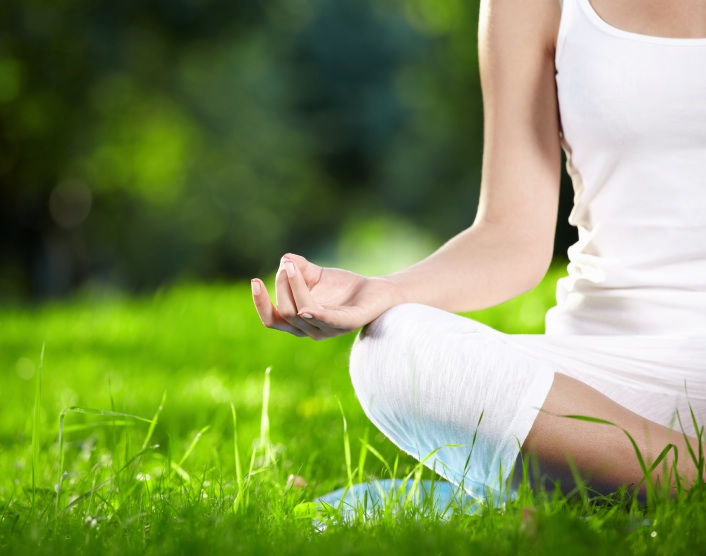 Cultivate and strengthen your meditation practice with subtle aromatherapy for meditation.
Cultivate and strengthen your meditation practice with subtle aromatherapy for meditation.
Why People Meditate
There are many ways to meditate and not all types of meditation are alike. It’s difficult to generalize because the intentions and methods differ so much.
People meditate for various purposes. For example, to destress and relax, reflect and promotes personal growth, increase the release and circulation of subtle energy for improved health and spiritual practice, and transcendence.
Mindfulness and Buddhist meditation techniques tend to be observant and reflective of personal development and enlightenment, with the mind gently engaged in the process. Transcendental meditation aims to effortlessly quiet the mind and move toward a state of inner awareness, a pure conscience, and transcendence. The method reduces stress and supports self-development.
The Process of Mediation
Various forms of spiritual meditation create a connection to source (however defined). Commonly, they focus on the retrieval of guidance. Often, the meditator poses a specific question for the session. Spirituality can be associated with organized religion, but this isn’t necessary and often is not the case. Some other meditation practices are expansive, opening the meditator up to universal energies, but the meditator doesn’t necessarily have a spiritual intention.
Other meditation techniques frequently use the aid in the form of music, mantras (words or sounds), or mandalas (symbols or designs). Guided meditation is just what is says. The meditator is guided through a process of deep relaxation by someone who is either speaking in person or is recorded. Sometimes guided meditation acts as a conduit to achieving a particular state and other times the meditation is used to expose the meditator to new ideas and personal possibilities (e.g., self-improvement).
Some meditators practice in a seated position. Others use movements like Qi Gong and yoga, usually with the intention to move their own subtle energy. Kundalini meditation aims to release and circulate a specific type of subtle energy – Kundalini energy, a dormant but powerful source of creative and spiritual energy stored at the base of the spine.
Your Practice Reflects Who You Are and Your Intention
What meditation is and what it does all boils down to two things. First, the intention of the individual. Second, the choice of meditative practice supports that intention. Clarification of intentions is the first step in the selection of an appropriate method. Intentions can change and so can the practice, but the practice should always reflect and support the intentions.
Aromatherapy and Essential Oils For Meditation
Despite all the variation, there is some similarity among meditation methods. Most methods aim to 1) release stress, 2) calm the mind and body, 3) balance the mind and body and 4) encourage the meditator to listen to the inner voice or deeper self. These similarities are interrelated and support one another. But they are not exactly the same thing. There are subtle differences.
By extension, subtle aromatherapy and essential oils that facilitate stress release and calm the mind and body are typically appropriate for meditators. Beyond this, it’s a matter of setting an intention, selecting the best type of practice, and adding essential oils that support the specific intention and practice.
Some Great Essential Oils For Mediation
Lavender (Lavandula angustifolia) is one of the most well-known essential oils for releasing stress and calming the mind and body. Still, many other essential oils will work well as well such as Roman chamomile (Chamaemelum nobile), bergamot (Citrus bergamoia), and clary sage (Salvia sclarea) just to mention a few. Both clary sage and patchouli (Pogostemon cablin) quiet an overactive mind. They also improve the circulation of life force energy or chi (also known as pranna and ki).
Many meditators aim to raise their vibration and expand their auric field. This is common for spiritual practices, as is making a connection to a higher source or universal energy. Several well-known essential oils and good choices for these purposes include frankincense (Boswellia carteri), sandalwood (Santalum album), galbanum (Ferula galbaniflua or Ferula gummosa), and mastic (Pastacia lenistcus).
Where raising the vibration, expanding the auric field and/or taking oneself out of the body is part of the practice, it’s a good idea to add an essential oil that grounds such as patchouli, vetiver (Vetiver zizanoides), tarragon (Artemisia dracunculas), cedar (Cedrus altantica) and petitgrain (Citrus aurantium) are some of the essentials that ground. See our blog on essential oils for grounding.
Incorporating Subtle Aromatherapy Into a Meditation Practice
The best way to incorporate subtle aromatherapy and essential oils into your meditation practice is to diffuse supportive essential oils in the room where you meditate. You can use one of many different styles of essential oil diffusers (see our blog on simple, inexpensive diffusers).
Alternatively, you can add some essential oils to a candle. To just add scent to a candle. First, light the candle. Let the wax melt. Blow out the flame. Then, add just a few drops to the melted wax. Relight it. Take extra care with the candle because essential oils are volatile. You don’t want them to catch fire.
Updated July 1, 2019
